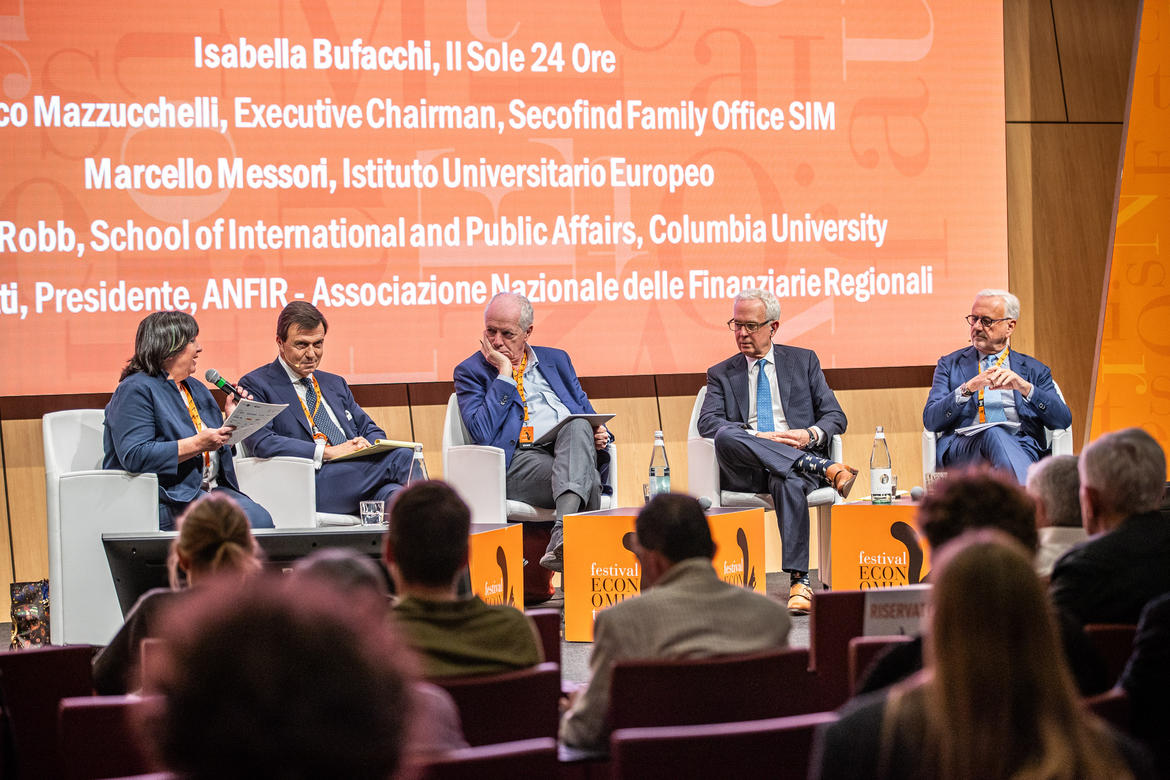
Europe has savings but struggles to deploy them in the real economy. Regulatory fragmentation, a deep-rooted aversion to risk, and a bank-centric financial system are key obstacles. A paradigm shift is greatly needed: unify rules, strengthen asset managers, foster risk finance, and support SMEs. Regional financial institutions can act as a bridge between public resources and private capital, fueling innovation and growth.
Prompted by Bufacchi, Mazzucchelli highlighted the gap with the US, where “a virtuous cycle between universities and companies, cheap energy, and an efficient single market” drives innovation. Europe, in contrast, faces “static demographics and a fragmented industrial base”, with lower returns and a financial system not supporting innovation. Messori pushed for structural change: “We need to make regulations more efficient and overcome fragmentation, without rejecting the European model. This could be the EU's attractive factor”. Robb, defending markets, warned against relying too heavily on public guarantees. Several factors need to be considered. Vietti offered a hands-on solution through regional development finance institutions. “We have growing needs and decreasing public resources. We need to use the smallest public contributions in synergy with the private sector”, he explained.
The challenge is moving to real financial instruments. But Europe’s bank-centric model is still ill-suited to innovation. Better SME selection and public-private investment partnerships are essential. One way forward is “bottom-up” - merging asset managers and developing private debt markets, as in the US. Harmonized rules - e.g., on insolvency - are key to creating a level playing field. It’s not about deregulating, but about smart simplification.








